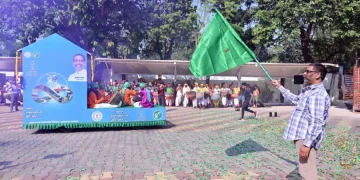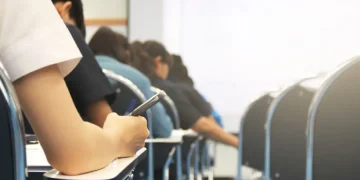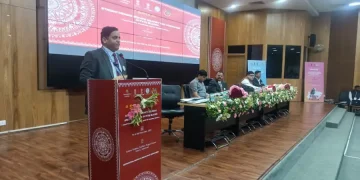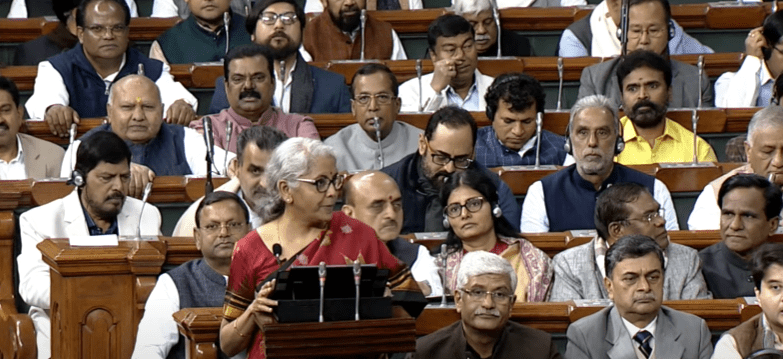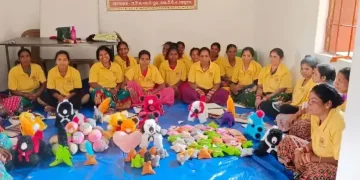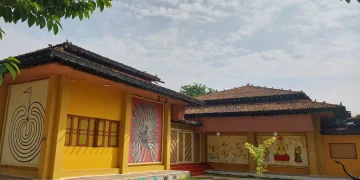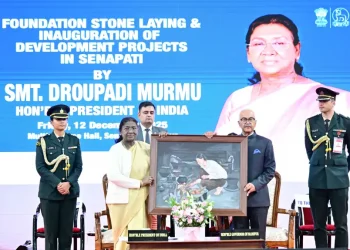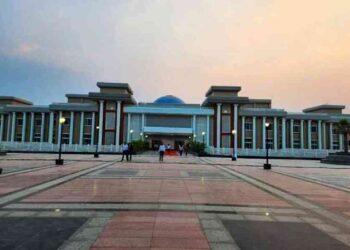New Delhi
The Modi dispensation on Wednesday sought to extend its massive tribal outreach further with Finance Minister Nirmala Sitharaman announcing three major initiatives for the community in the Union Budget. Sitharaman, who focused on seven priorities (Saptarishi), said these decisions of the Government were part of the priority to “reach the last mile”.
Sitharaman announced a Mission to eliminate Sickle Cell Anemia by 2047, when the country marks 100 years of Independence. She outlined her priorities of Union Budget 2023-24 as inclusive development, reaching the last mile, infrastrcture and investment, unleashing the potential, green growth, youth and financial sector.
Sickle Cell Disease is a genetic blood disorder wherein the Red Blood Cells become sickle-shaped blocking blood vessels that lead to a painful crisis.
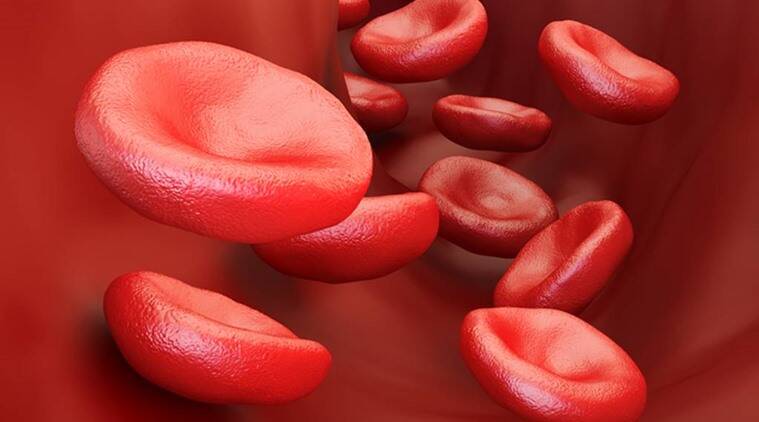
Sickle Cell Disease is more prevalent among tribes and in villages, but is now also being detected in urban areas of India. At present, the highest frequency of SCD is in tribal belts of Central, Western and Southern India covering Maharashtra, Madhya Pradesh, Chhattisgarh, Jharkhand, Gujarat, Andhra Pradesh and Odisha
As per ICMR surveys, prevalence of Sickle Cell gene is 5-34% in Scheduled Tribes, who are majorly at a socio-economic disadvantage and are frequently medically underserved.
At least 10% of SCD patients die by the age of 1 year and in many sub-Saharan countries mortality is much higher than that, as per the WHO.
According to an ICMR survey, out of 1,13,83,664 persons screened in various States in India, around 9,49,057 carried sickle cell traits, meaning they were carriers while 47,311 had disease. More than 3 lakh babies worldwide are born with SCD.
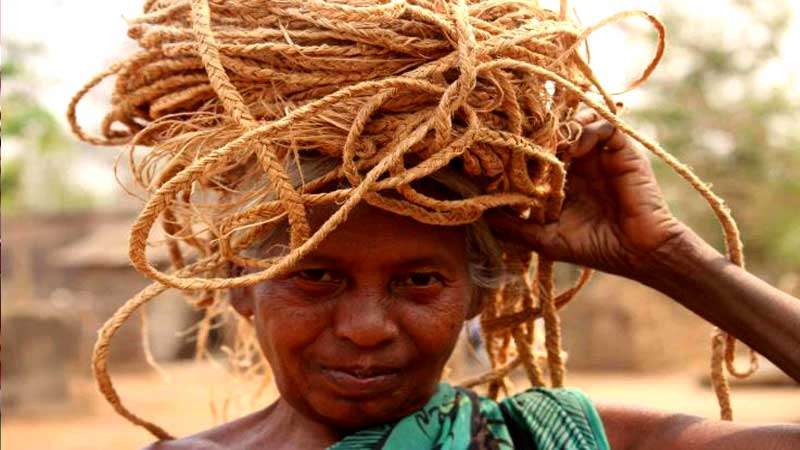
The Finance Minister in her Budget also announced the launch of the Pradhan Mantri PVTG (Particularly Vulnerable Tribal Groups) Development Mission and allocated Rs 15,000 crore for this scheme to be implemented over the next three years. The PM PVTG Development Mission aims to provide basic facilities like safe housing, clean drinking water, road, telecom, education and improved health access in the PVTG areas.
The categorisation came into being nearly half a century ago, when the Dhebar Commission made mention of some ‘primitive tribal groups.’ Over the years, there have been some two score additions to the list.
In 2006, the government renamed the grouping as particularly vulnerable tribal groups (PVTGs). Today, there are 75 scheduled tribes that are notified as PVTGs.
Most such tribes are characterised by forest-based livelihoods lacking agriculture, a subsistence economy, low exposure to the mainstream and stagnant or falling numbers.
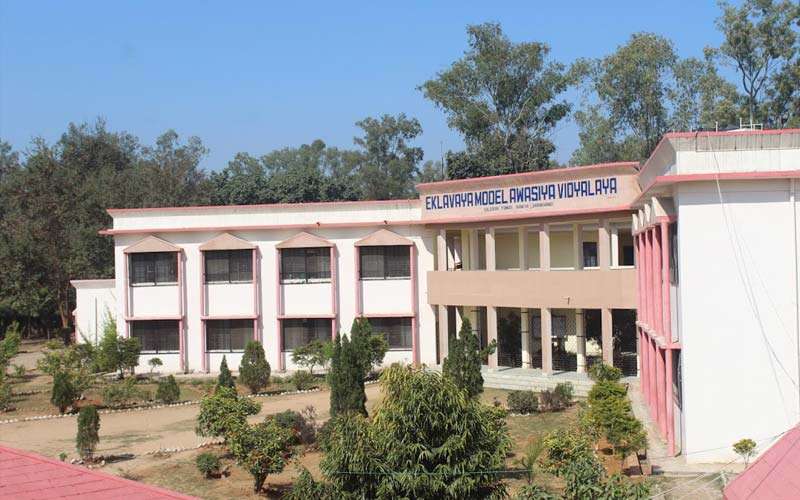
In a major push for tribal education, Sitharaman also announced that in the next three years as many as 38000 teachers and support staff will be appointed for the 740 Eklavya Model Residential Schools. This will benefit 3.5 lakh students, she said.
The EMRS budget increased by a significant Rs 581.96 crore, from Rs 1418.04 crore in 2021-22 to Rs 2,000 crores for the 2022-23 financial year, The Ministry of Tribal Affairs is also collaborating with entities like Microsoft and Amazon for skilling and capacity building of the teachers of these schools.






